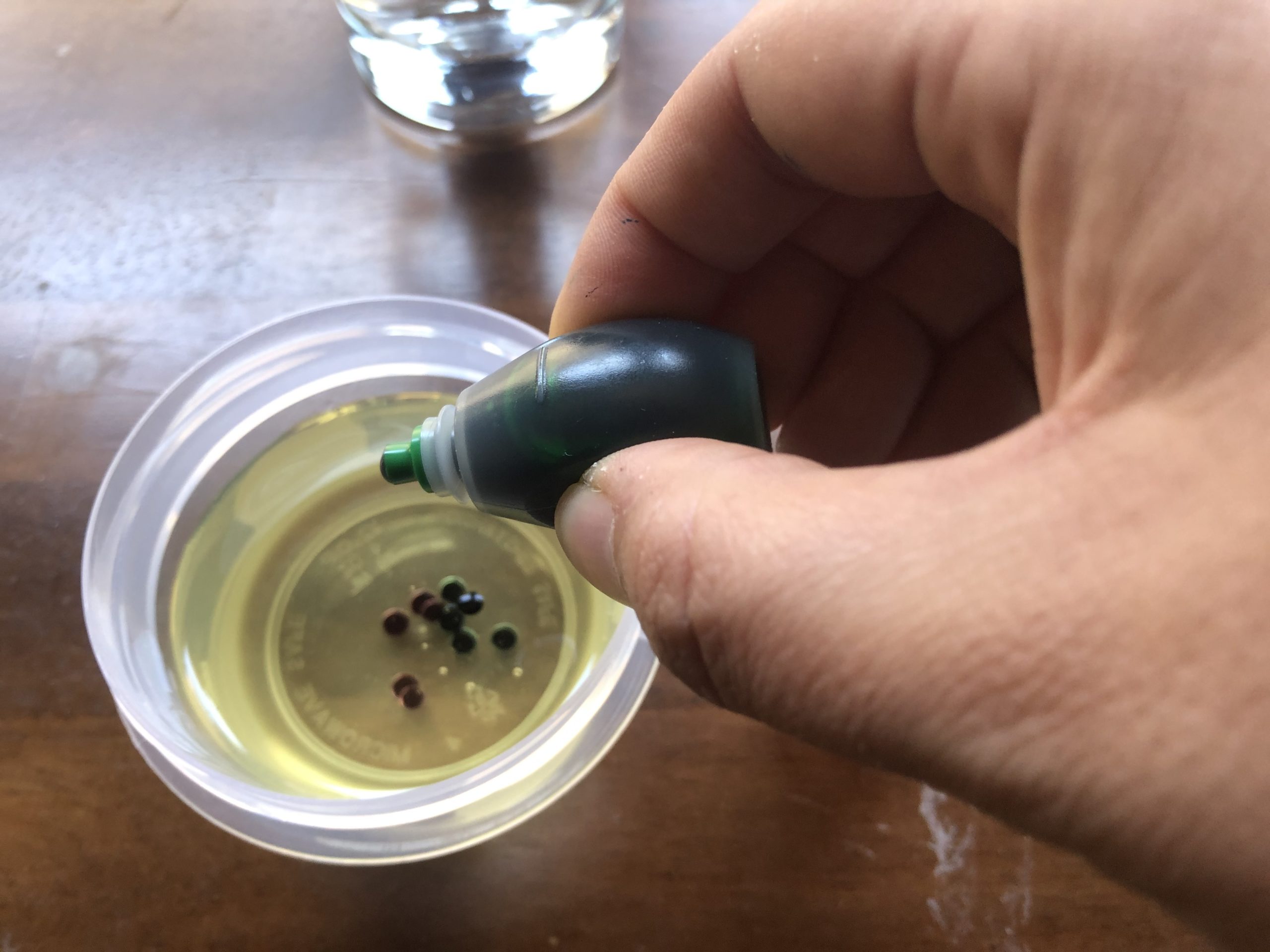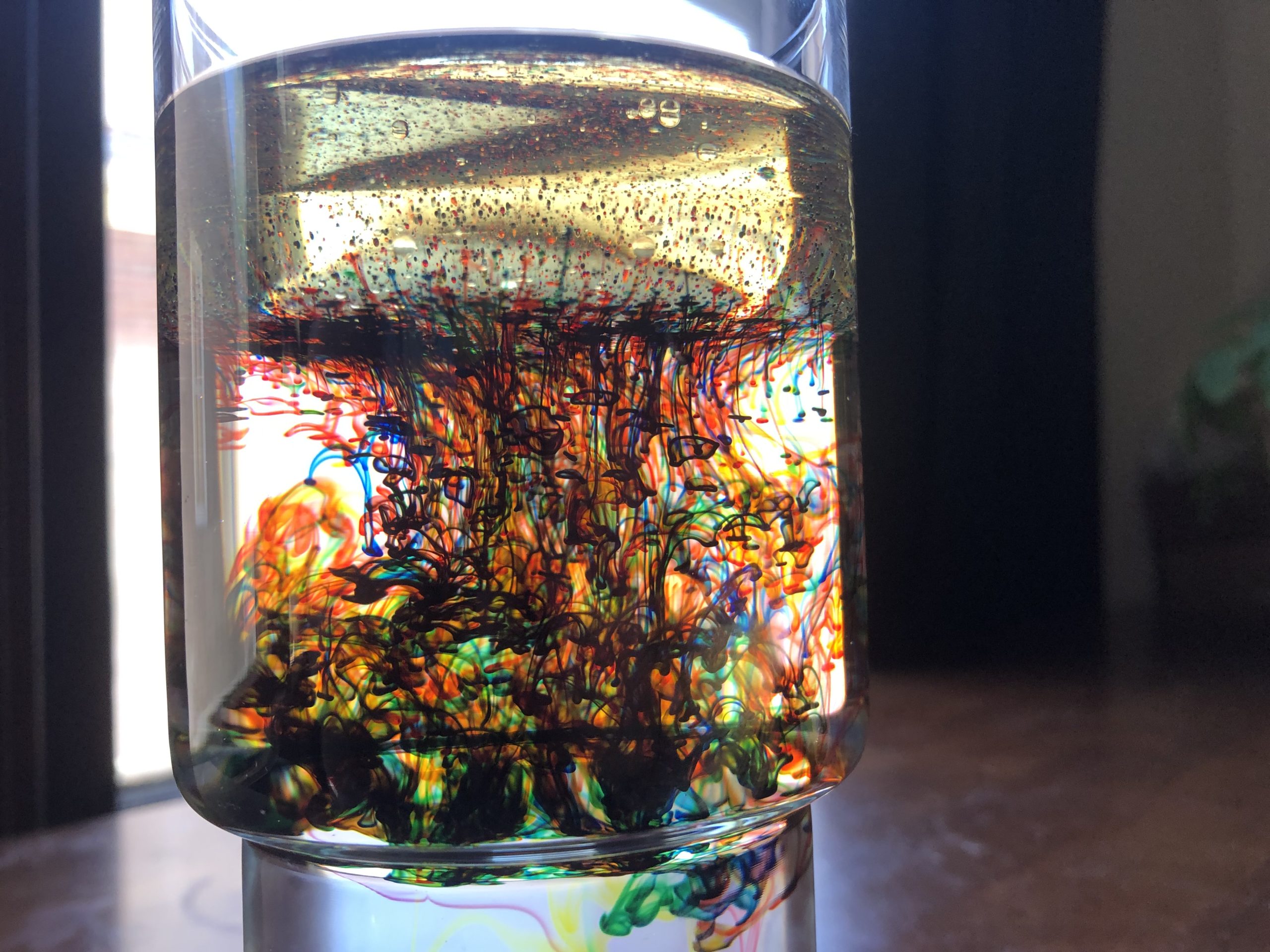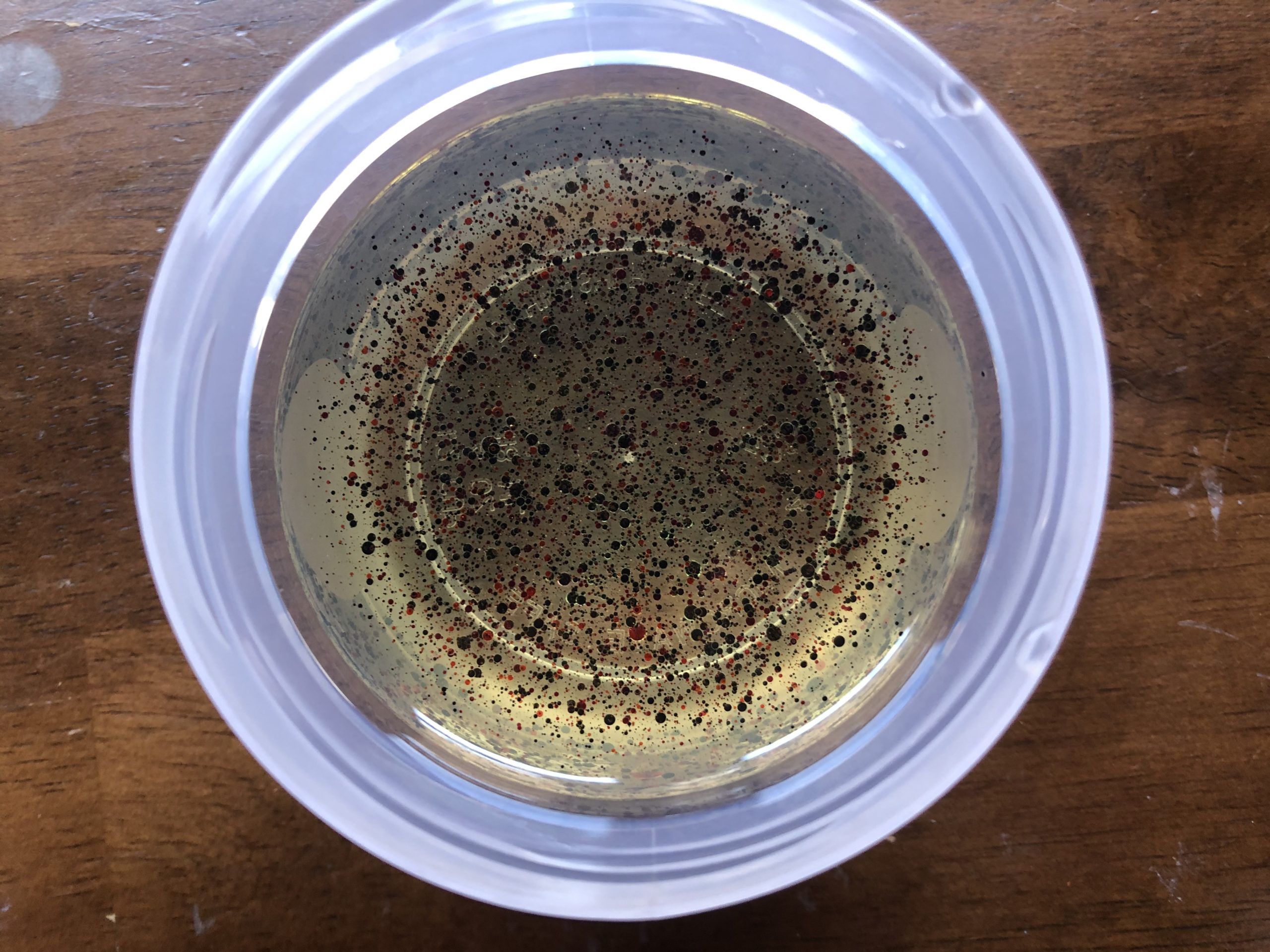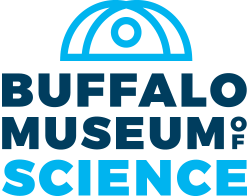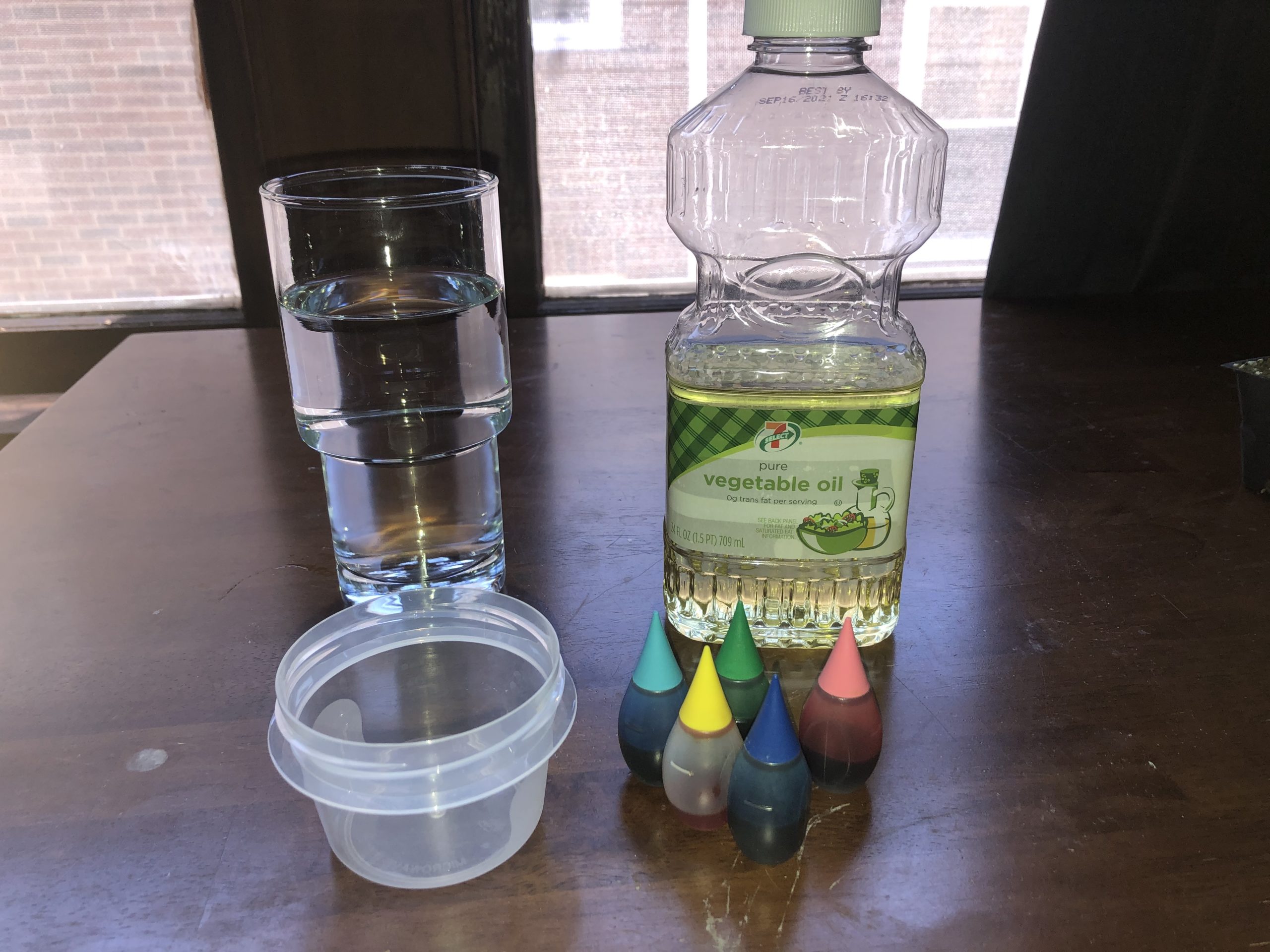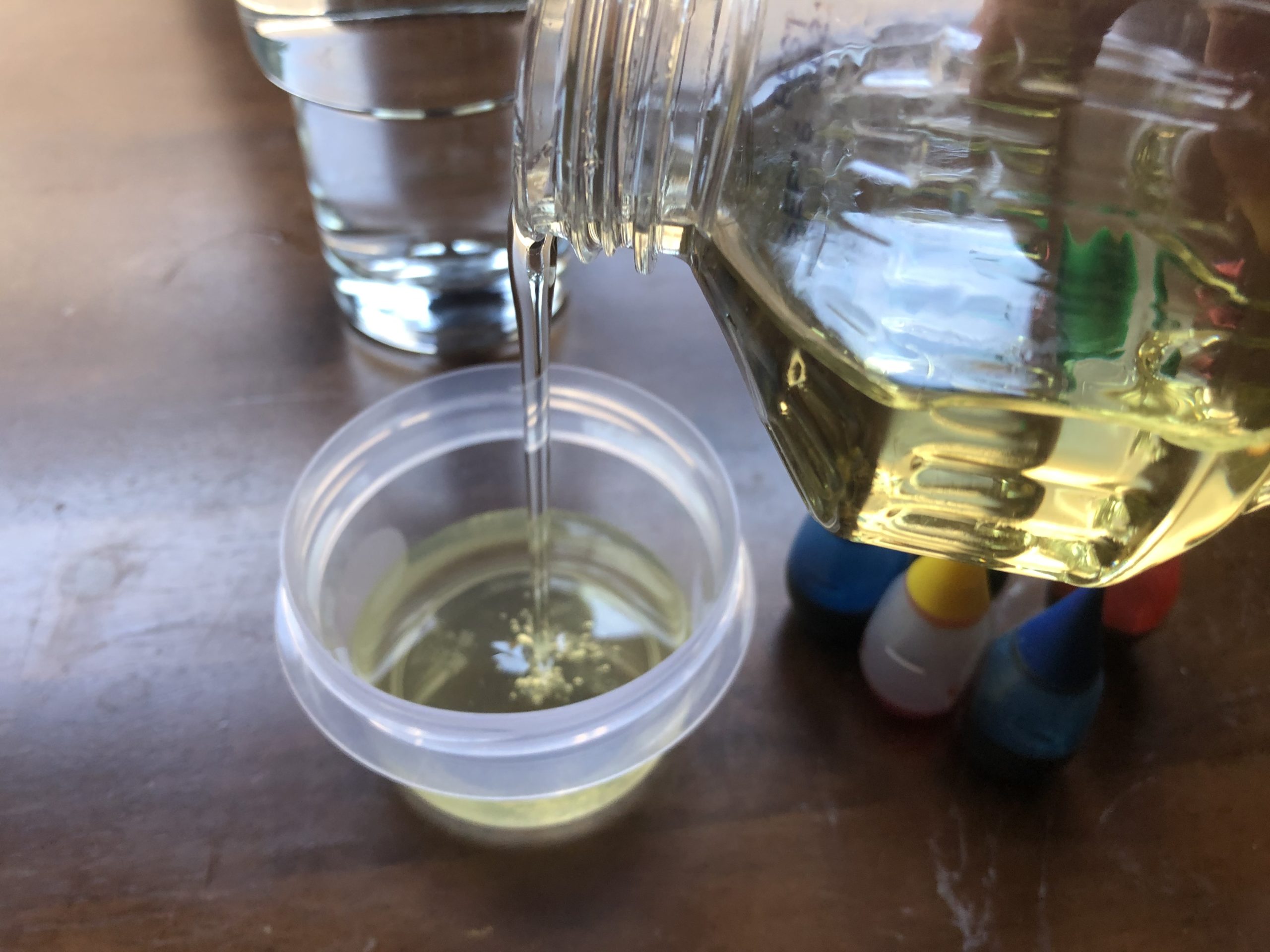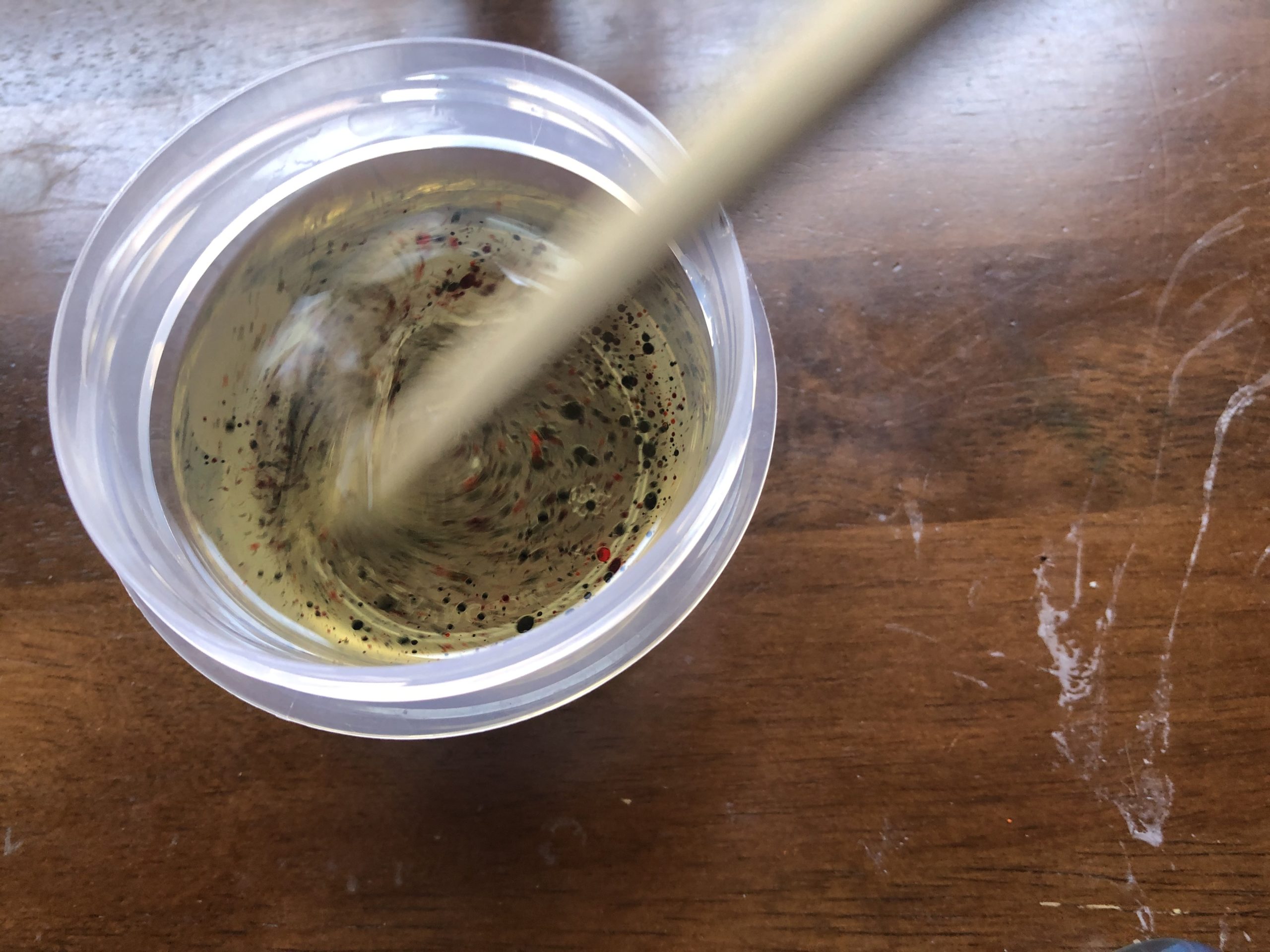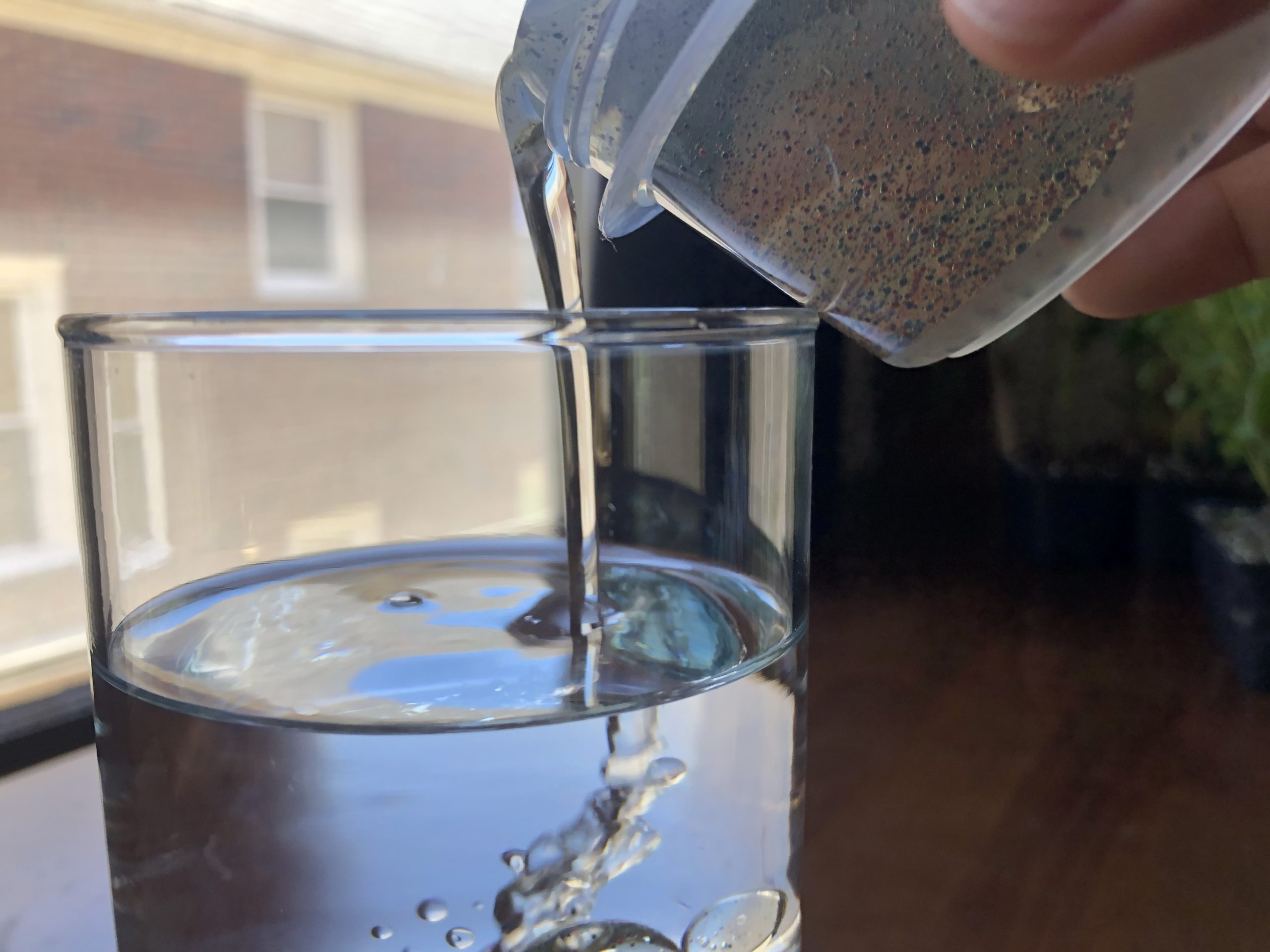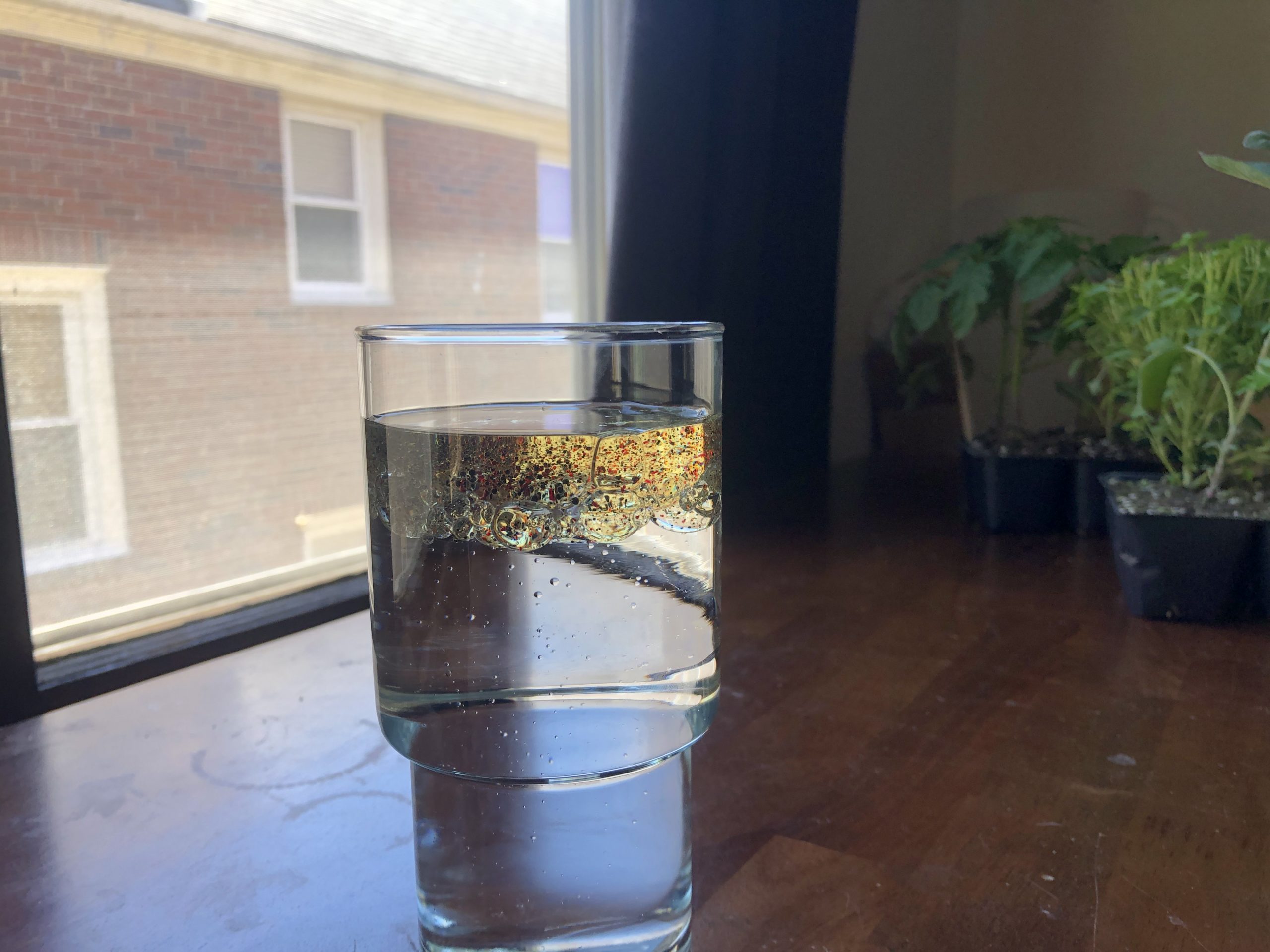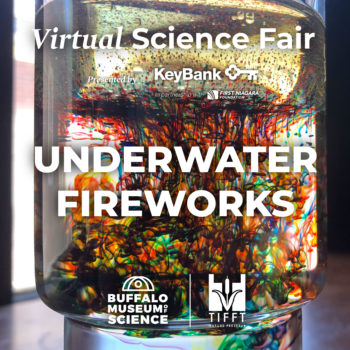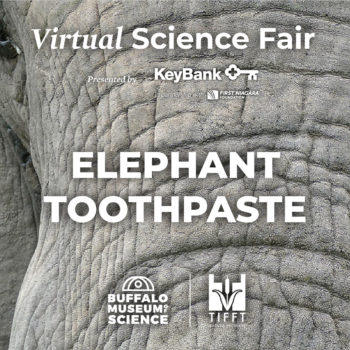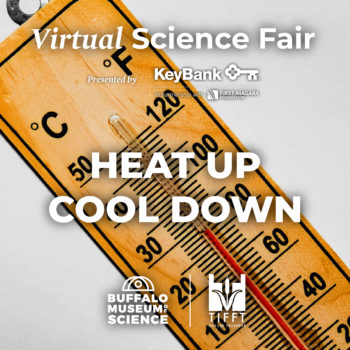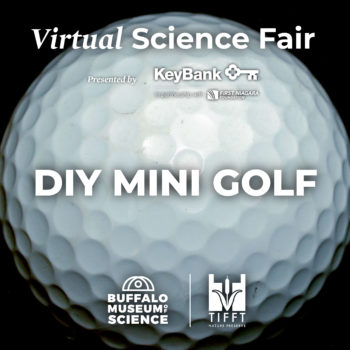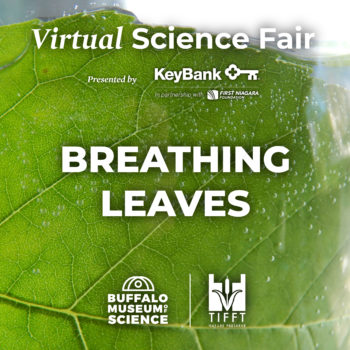Underwater Fireworks

Have science fun as a family! Complete activities with parental supervision.
Materials:
- A clear glass or jar
- A small cup
- Something to stir with (spoon, stick, etc)
- Food coloring
- Vegetable oil
- Water
Procedure
- Add the vegetable oil to the small cup, filling it about 3/4 full.
- Add drops of the food coloring to the oil. What do you notice? Water and oil do not mix, so when you add the water-based food coloring, it doesn’t mix!
- With your spoon or stick, stir the food coloring. Take a close look—the little bits of food coloring look like their floating, or suspended, in the oil.
- Gently pour the oil mixture into the water. Notice how it doesn’t mix with the water and is actually floating on top of the water!
- Sit back and watch the fun! As the drops of food coloring sink and fall out of the oil, they pass into the water! So satisfying!
- Be sure to take a picture or video to share in the Facebook comments on the Buffalo Museum of Science or Tifft Nature Preserve pages!
What’s it all about?
Food coloring is made mostly of water, so it will dissolve, or break down, in water—but not oil.
You might also notice that the oil sits on top of the water. This is because oil is less dense than water. Density is a property of matter that describes how much stuff (or mass) is smushed into an area (volume). So, water has more stuff, or molecules, stuffed into it than oil does, making it heavier than the oil.
Because the food coloring is made of water, it is more dense than oil too! So, it will sink through the oil and eventually combine with the water.
Try It!
- Try using just three colors of food dye: red, yellow and blue. When the colors mix in the water, what other colors do you see?
